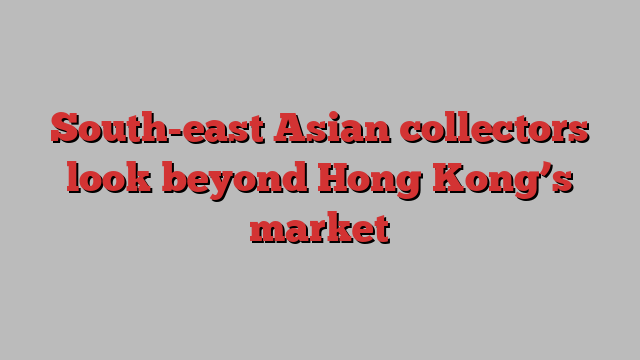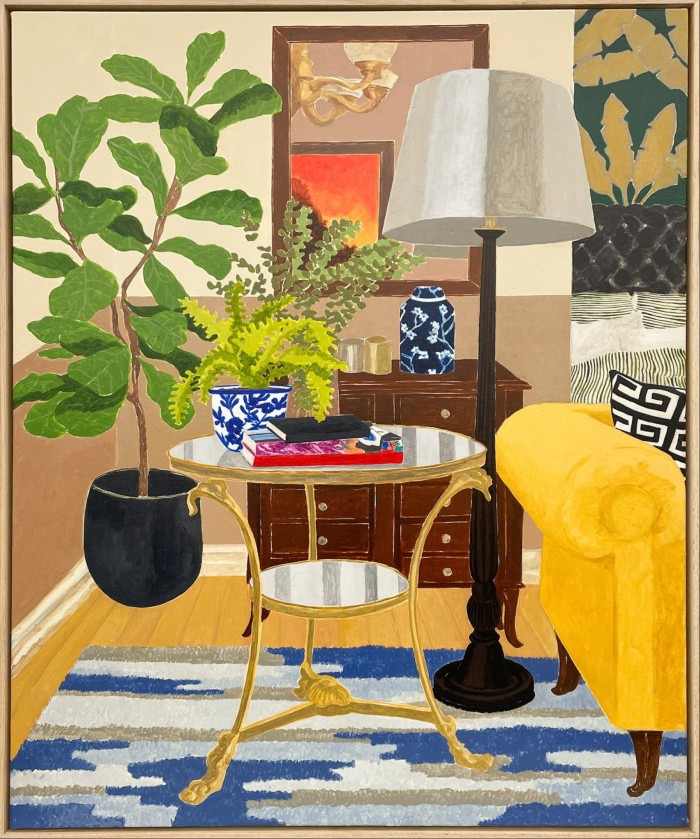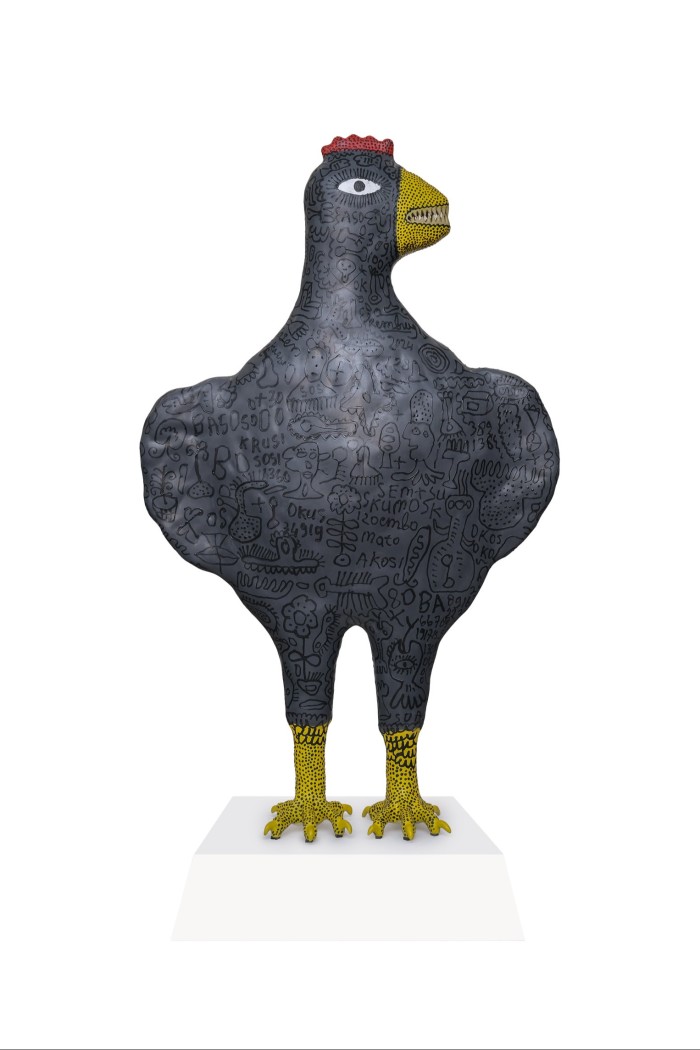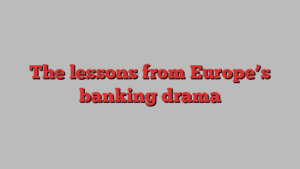
Unlock the Editor’s Digest for free
Roula Khalaf, Editor of the FT, selects her favourite stories in this weekly newsletter.
In January, walking around Singaporean fairs Art SG and SEA Focus, the attentive visitor could distinctly detect that special inflection of Cantonese typical to Hong Kong collectors. It is a sound that has become more common at art fairs in Singapore and elsewhere in Asia in the past few years as enticing alternatives to Hong Kong have emerged.
South-east Asian artists and galleries have historically looked at Hong Kong as the go-to place to expand their worldwide reach, thanks to fairs such as Art Basel Hong Kong and the presence of international auction houses. Add to this its free flow of capital, tax-free port status, logistical efficiency and deep pool of talent, and it’s easy to see why regional players have kept returning to the city.
“When contemporary Asian art began to flourish, Hong Kong naturally became the hub for collectors and dealers from south-east Asia,” says Singaporean collector Teng Jee Hum. He remembers collectors in south-east Asia using Hong Kong to settle purchases of Chinese ink masters from the mainland from the 1950s to the 1990s. “From 2000 onwards, it was the reverse flow,” says Teng, of mainland Chinese collectors buying works from south-east Asia — but still through Hong Kong.
South-east Asia’s engagement with the city is visible at this year’s Art Basel Hong Kong. In the Encounters section for large-scale projects, Filipino artist Patricia Perez Eustaquio will show embroidery and textile work and Singaporean Ming Wong a video installation. South-east Asian galleries at the fair include Gajah Gallery, Richard Koh Fine Art and ROH Projects.

But the past five years have been a more mixed story for Hong Kong. The important M+ museum was completed and international auction houses have moved or are planning to move their regional headquarters to bigger spaces in the city. At the same time, Hong Kong’s position has been challenged by a surge of authoritarianism from the mainland, a reduction of democratic freedoms and harsh pandemic restrictions, resulting in an outflow of people. “All these developments had a diluting effect on the vibrancy of Hong Kong and we are witnessing some Hong Kong players increasing their Singapore presence,” Teng says.
These emigrants have been replaced by mainland Chinese people flocking to Hong Kong under new schemes aimed at attracting talent and wealth. “This is creating a new dynamic in the city,” says Hong Kong collector Alan Lo, who predicts more mainland collectors and patrons will participate in the city’s institutional landscape over time. “I see Hong Kong becoming the Monaco of China where people come to spend money, buy luxury homes and yachts, drink expensive wine, build art collections.”
Meanwhile, other regional cities have grown in economic prosperity and bolstered their art market. Teng notes that east and south-east Asia are benefiting from evolving global supply chains, not least thanks to the US-China rivalry. “Art goes where the money is,” he says, pointing out that the Hong Kong stock and property markets are currently languishing, whereas Japan’s and South Korea’s are at or near record highs. “The latter are also actively promoting art and culture overseas as soft power.”
“During the pandemic and right after, there were many speculations as to whether Hong Kong could maintain its role as the art hub of Asia,” says Lo. “We have seen attempts by art-fair owners to expand into Singapore, Seoul, Taipei, Tokyo, which makes Asia a much stronger and deeper overall landscape.” In 2023, the fairs Tokyo Gendai and Art SG had their debuts, attracting the international community, while the second edition of Frieze Seoul and the 22nd edition of Kiaf Seoul were held simultaneously.
“Singapore is building itself nicely as a hub for south-east Asian art,” says Lo. He appreciates the state for its diversity and distinct character, which combines Malay, Indian, Chinese and western cultures. “In a way I feel Singapore responds best to our interest in Asian diaspora.”
Rachel Lehmann of Lehmann Maupin gallery, which has a space in Seoul, says the Korean gallery scene is highly developed, due to widespread public interest in contemporary art: “Collectors in South Korea and Taiwan come from a long, intergenerational lineage of collecting.”

Even so, Hong Kong’s rivals are still significantly smaller than it: Singapore and South Korea do not feature in the Art Basel and UBS Art Market Report’s eight largest markets.
If, for galleries, it’s about choosing the fairs or spaces which offer the best financial results, for collectors it is also about the perks of the fair ecosystem. For example, when travelling to fairs, Alan Lo never misses the chance to visit private foundations and homes to hear the story of their collections. “Taipei is probably the best for it because of the deeply rooted collector community,” he says. “It also has such an amazing food culture. I’m not going to lie: that plays a big role!”
What galleries and collectors agree on is that while Asia as a whole is vast and diverse enough to support multiple art capitals, the market in Hong Kong remains vibrant and unparalleled in the region. “The parlour game of guessing which city will replace Hong Kong’s hub status has been going on for years,” says Gagosian Hong Kong director Nick Simunovic, “but there is no replacing this city’s role in Asia’s art ecology. The next Hong Kong is Hong Kong.”

